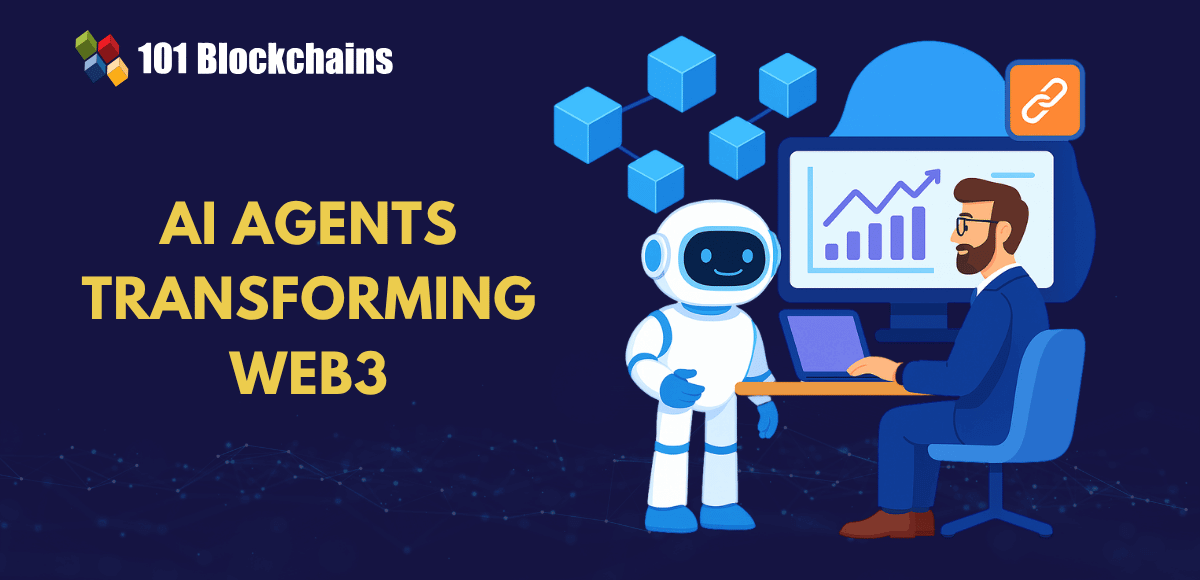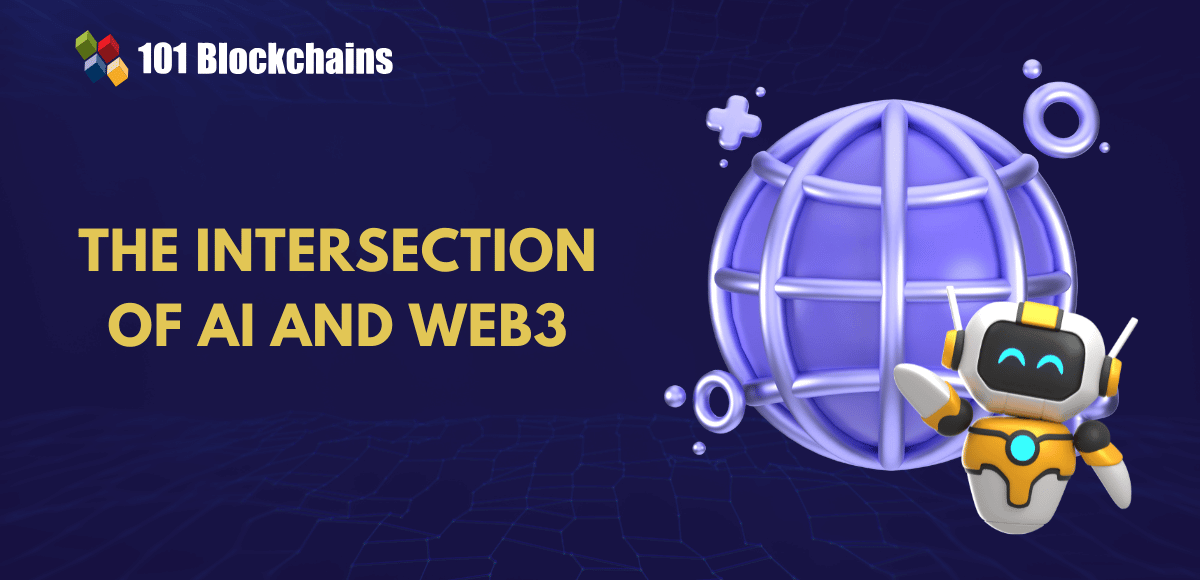Learn how blockchain truly works, master key definitions, and uncover what makes smart contracts so "smart." Dive into the fundamentals, gain valuable insights, and start your blockchain journey today!
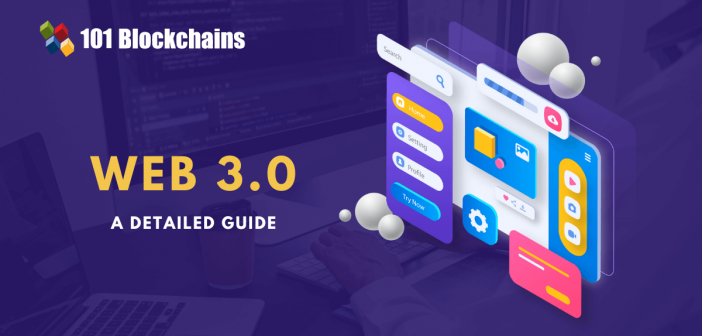
- Web3
Georgia Weston
- on October 04, 2022
A Detailed Guide on Web 3.0
The possibilities for innovation in the design of the Internet have been expanding gradually, particularly with respect to user experience. With the introduction of Web 3.0, advancements in how users experience the internet were imminent. New web3 technologies are gradually changing conventional approaches for business operations and interaction with internet services and applications.
On the other hand, many businesses and curious learners need a thorough understanding of web3 fundamentals to identify its potential. As a new paradigm for internet technology, web3 also brings different types of apprehensions into the minds of beginners. What does web3 actually mean? The following discussion aims to offer a detailed explanation of web3 and its traits, alongside its benefits. You can also learn about the practical applications of web3 and the possible expectations for the future of web3.
What is Web 3.0?
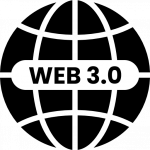
The obvious question in any account of Web 3.0 explained clearly would refer to its definition. It is one of the simplest questions about web3, which surprisingly ends up with many complicated answers. However, the simple explanation for web3 paints it as the third version of the web or the internet. One of the best ways to understand the definition of web3 would refer to an overview of the previous versions of the web.
The earliest iteration of the internet, i.e., web 1.0, primarily served as a ‘read-only’ medium and displayed information only. Web 1.0 did not feature any elements for interactive experiences, and the best it offered in terms of interactive experiences referred to shopping cart systems. The predecessor of web 3.0 technology solutions, i.e., web 2.0, introduced interactivity on the internet.
Interestingly, the broad definitions of Web 2.0 extended beyond the boundaries of a specific framework or technology. As a matter of fact, the definition of web2 focused on the way people interacted with the internet. Web 2.0 served the ‘read-write’ internet and allowed users to interact with web pages rather than just read them. With web2, users could post comments, create content and share experiences with other users. Seems like web 2.0 had everything right in terms of user experience, doesn’t it?
Web 3.0 is an upgrade over the ‘read-write’ approach of web2 and focuses on offering a ‘read-write-execute’ environment. It focuses on allowing more control to the user over their data and seamless interactions with the web, like interacting with a human user. Most important of all, it encourages users to participate actively in developing the web rather than serving as passive contributors.
Curious to develop an in-depth understanding of web3 application architecture? Enroll Now in Web3 Application Development Course!
Why is Web 3.0 Special?
The evolution of the internet serves as a plausible answer to “What is web3 in simple terms?” by shedding limelight on interactivity. Many of you might be wondering about where web2 went wrong. The websites and applications in web2 allowed users to interact with each other. However, the websites and apps never developed the capability for initiating communications and finding out what the users want. Web3 brings a plausible improvement in this aspect by following a proactive approach based on advanced language processing and machine learning. With web3, the internet could work as a semi-autonomous assistant, and a particular service could ask users what they want.
Understanding Exactly What the Users Want
Most of the web3 examples would showcase the use of unique resources for achieving the revolutionary shift in user experience. Web3 systems feature the power of blockchain and crypto tokens driven by unparalleled computing power of multiple processor nodes. Combining the innovative benefits with the power of data analytics and web3 solutions have everything you could have thought of in processing power, data sets, and information interconnectivity.
One of the most significant highlights of web3 basics would refer to its characterization as the semantic web. Machines have to struggle a lot in understanding human language, thereby creating difficulties for users in finding desired information online. Search engines identified similarities in the patterns of information typed and the data available in a large database. Now, web3 would help search engines develop an understanding of the intent behind the text, thereby making them smarter. In addition, businesses can leverage web3 as a tool for introducing AI-based chatbots for offering round-the-clock advertising and customer support.
How Does Web 3.0 Work?
Web3 is the third version of the internet, which helps in linking data through a decentralized approach. It can help in increasing the speed of data delivery alongside offering better user experiences. The curiosity regarding ‘how does web3 work’ is justified to an extent as you must figure out what exactly powers the web3 ecosystem.
Web3 relies on new technologies such as artificial intelligence, machine learning, IoT, and semantic web. In addition, the foundation of blockchain offers a decentralized and secure infrastructure for users to safeguard their data and exercise control over their data and experiences with web3. Furthermore, web3 has been described as an open, autonomous, and more intelligent internet.
The most noticeable aspects of the working of web3 are blockchain and cryptocurrency. Web3 protocols rely on cryptocurrency as an instrument for providing incentives to individuals associated with the development, governance, or improvement of web3 projects. In such cases, the vision for web3 tokens paints them as crucial digital assets for developing a decentralized internet. The web3 blockchain interplay helps in offering diverse services in the fields of computation, bandwidth, hosting, storage and identification.
The examples of web3 applications in the DeFi sector and DAOs showcase how blockchain is a significant component in the world of web3. The apps rely on decentralization, thereby ensuring better security for the data of users, with the assurance of immutability. At the same time, blockchain also ensures the anonymity of users while offering transparency into transactions.
Want to become a Cryptocurrency expert? Enroll Now in Cryptocurrency Fundamentals Course
Technology behind Web3 Applications
The introduction to web3 also calls for attention to the technology underlying web3 applications. A clear answer to “what is web3 technology” is important to understand the technological components powering up web3. The specific technologies which make web3 better than its predecessors include semantic web3, blockchain, AI, 3D graphics and many more. Here is an overview of the important pillars of web3.
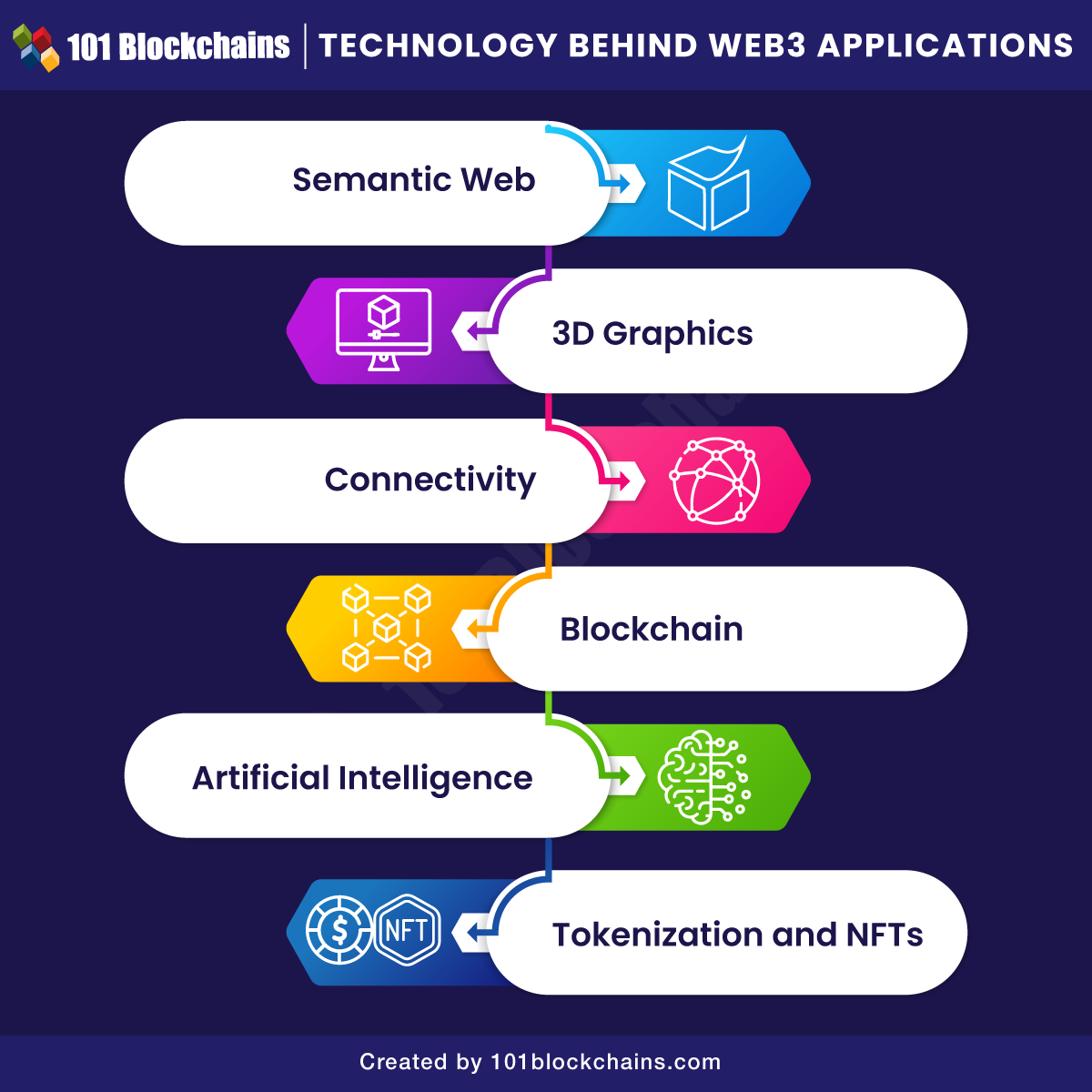
-
Semantic Web
Semantic basically translates to the “meaning” of a word, phrase or sentence while taking the context into consideration. In the case of web3, semantic web basically suggests that the majority of the data would be readable for automated agents. How does semantic web work as a web 3.0 technology in practice? One of the solutions would refer to the addition of metadata on web pages, thereby helping machines access data from the internet efficiently.
-
3D Graphics
The hype around rising levels of AR and VR gadget production is real. Web 3.0 aims to offer a three-dimensional digital world, which can allow users to access internet services. The immersive experiences in web3 applications through VR and AR platforms or metaverse projects could shape a three-dimensional internet.
-
Connectivity
Internet of Things is also one of the notable components in defining “how does web3 work” as it could redefine internet accessibility. Imagine accessing the internet whenever you want, without a smartphone or computer. As the number of IoT devices grows further, the next generation of the internet, i.e., web3, would offer ubiquitous connectivity and access to content.
-
Blockchain
The major player among technologies defining the web3 revolution would refer to blockchain. With the help of decentralization, it can ensure better privacy for users, control, and security. On top of it, it resolves the problem of unnecessary control of big tech firms over user data.
Blockchain would provide the trustless and permissionless infrastructure for carrying out transactions in the web3 landscape. For example, you can sell an NFT to another user without knowing their real identity while ensuring a secure transfer of funds to your crypto wallet.
Build your identity as a certified blockchain expert with 101 Blockchains’ Blockchain Certifications designed to provide enhanced career prospects.
-
Artificial Intelligence
Another striking highlight among answers to “What is web3 technology” would refer to artificial intelligence or AI. Artificial intelligence serves the value of empowering machines to become smarter and work as semi-independent agents. AI cannot only reduces the burden of users but also helps in blending semantic features along with natural language processing. As a result, machines could interact with users like a human while delivering faster and more accurate results.
Take your first step towards learning about artificial intelligence through AI Flashcards
-
Tokenization and NFTs
The influence of the web3 blockchain impact is evident in the growing demand for tokenization. Web3 could leverage blockchain to offer tokenization benefits that can help content creators and artists in monetizing their work. NFTs have shown one of the formidable examples of web3.
Want to get an in-depth understanding of non-fungible tokens (NFTs)? Enroll Now in NFT Fundamentals Course.
Use Cases for Web3
The overview of the technology behind web3 and its working prove that web3 can offer significant advantages in the future. On the other hand, an illustration of the Web 3.0 use cases explained in simple terms can help in understanding how it can transform different industries. The use cases can showcase a practical overview of the benefits web3 can introduce in developing new business models, new opportunities for business operations, and customer interaction. Here are some of the potential web3 use cases you should look out for in the future.
-
Currency Exchange
Decentralized exchanges, or DEXs, are examples of web3 platforms which can help remove intermediaries from the exchange transaction process. Web3-based currency exchanges can offer cross-border transactions alongside the assurance of security, while users are the sole authority for their money. The advantages of transparency and security in the web3 examples of decentralized exchanges could encourage more web3 use cases in this domain.
-
Social Media
One of the most striking examples among the use cases for web3 would refer to social media. The loss of trust of users in popular social media sites, such as Facebook, has been due to repeated complaints against them regarding user privacy. Big tech companies leverage massive volumes of user data for garnering ad revenue, thereby making the internet more intrusive.
Consumers have to stand by as passive contributors to social media platforms. On the contrary, data sharing would invite rewards in web3. Social media sites in web3 would develop like communities, thereby preventing any abuse of user data. One of the notable examples of web3 use cases in social media is Steemit.
Build your fluency in Web3 and develop decentralized solutions with the world’s first Web3 Expert Career Path with quality resources tailored by industry experts Now!
Future of Web3
The concept of web3 showcases the exceptional potential for transforming the internet altogether for users worldwide. However, criticisms against web3 have also created specific questions about web3 future alongside discussions on better alternatives to web3. Think of Web 4.0 and web 5.0! Yes, developments are underway in the field of web3, and ideas about web 4.0 and web 5.0 have presented some revolutionary improvements.
- Web 4.0 represents comprehensive wireless communication connecting different objects and people in the virtual or physical world.
- The fifth generation of the web or Web 5.0 would serve more like an emotive and connected web capable of communicating with humans.
The two formidable pillars for the future of Web 3.0 explained the striking theme of interactivity and humanization of technology beyond the semantic web.
Learn the fundamentals, challenges and use cases of Web3.0 blockchain from the E-book: AN INTRODUCTION TO WEB 3.0 BLOCKCHAIN
Bottom Line
The overview of web3 basics showcases that it is an important milestone in progress toward the future of web. The core technologies underlying web3, such as AI, blockchain, semantic web, 3D graphics, and many others, could help make web3 better than its predecessors. In addition, the use cases of web3 in financial services such as DEXs and DeFi applications alongside governance (DAOs) show the potential of web3. Begin your journey of learning web3 and become a web3 expert with the Certified Web3 Professional certification on 101 Blockchains now.
*Disclaimer: The article should not be taken as, and is not intended to provide any investment advice. Claims made in this article do not constitute investment advice and should not be taken as such. 101 Blockchains shall not be responsible for any loss sustained by any person who relies on this article. Do your own research!





